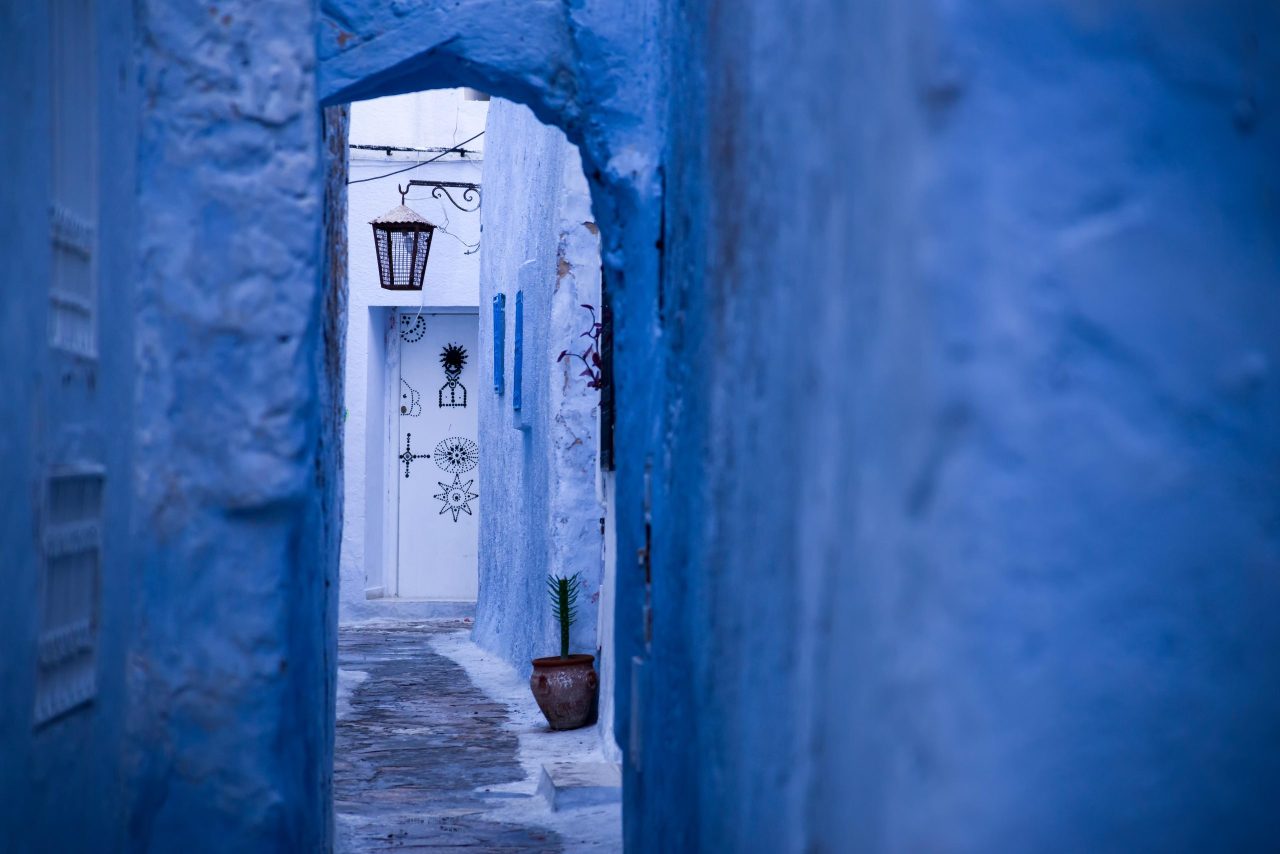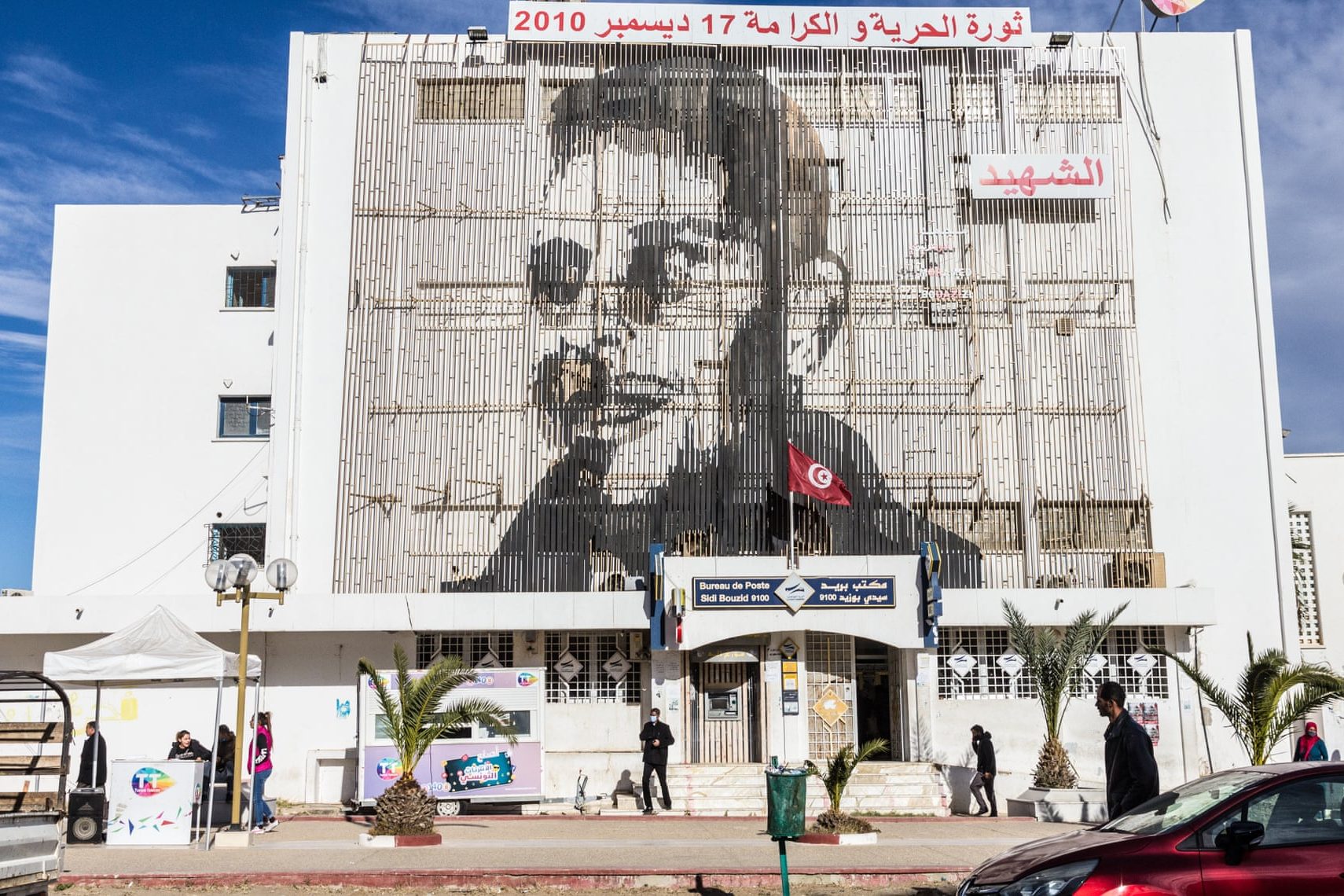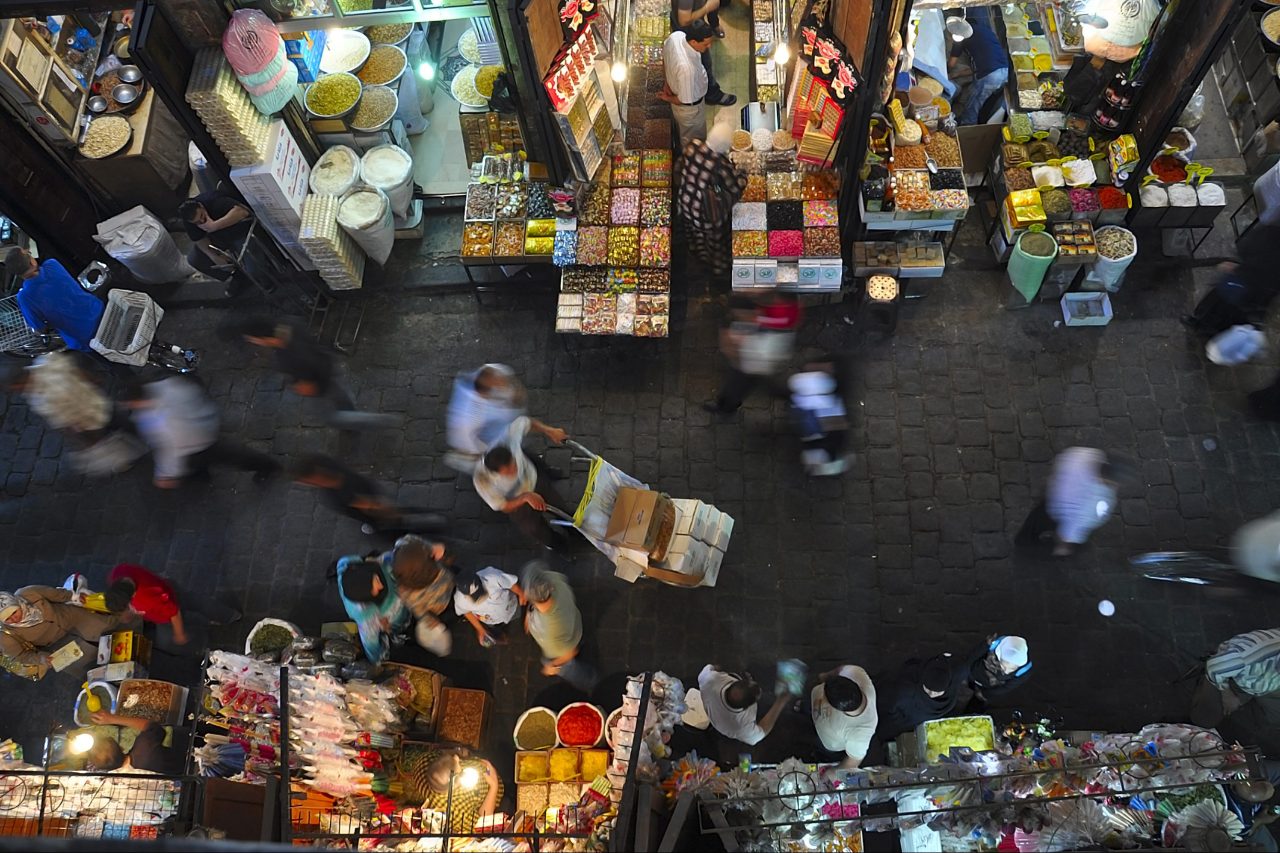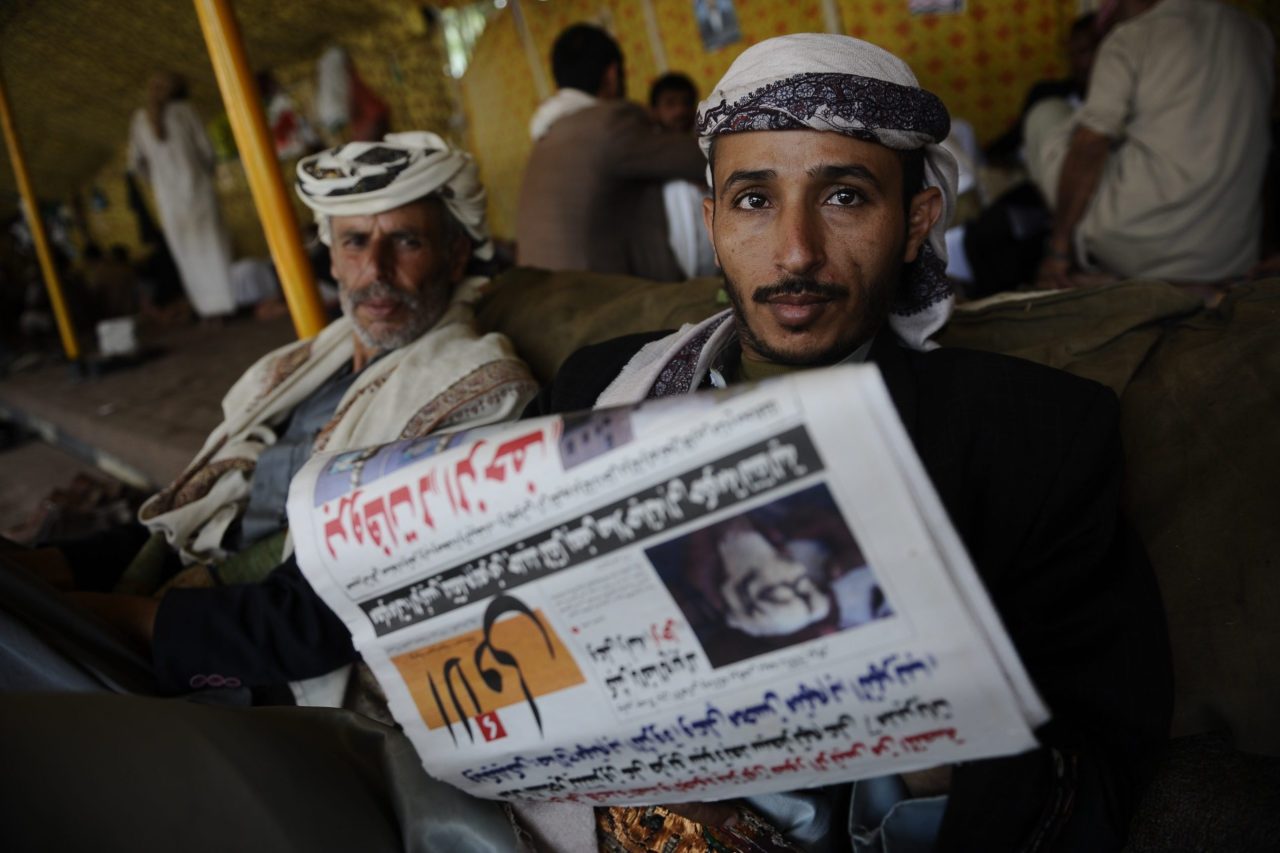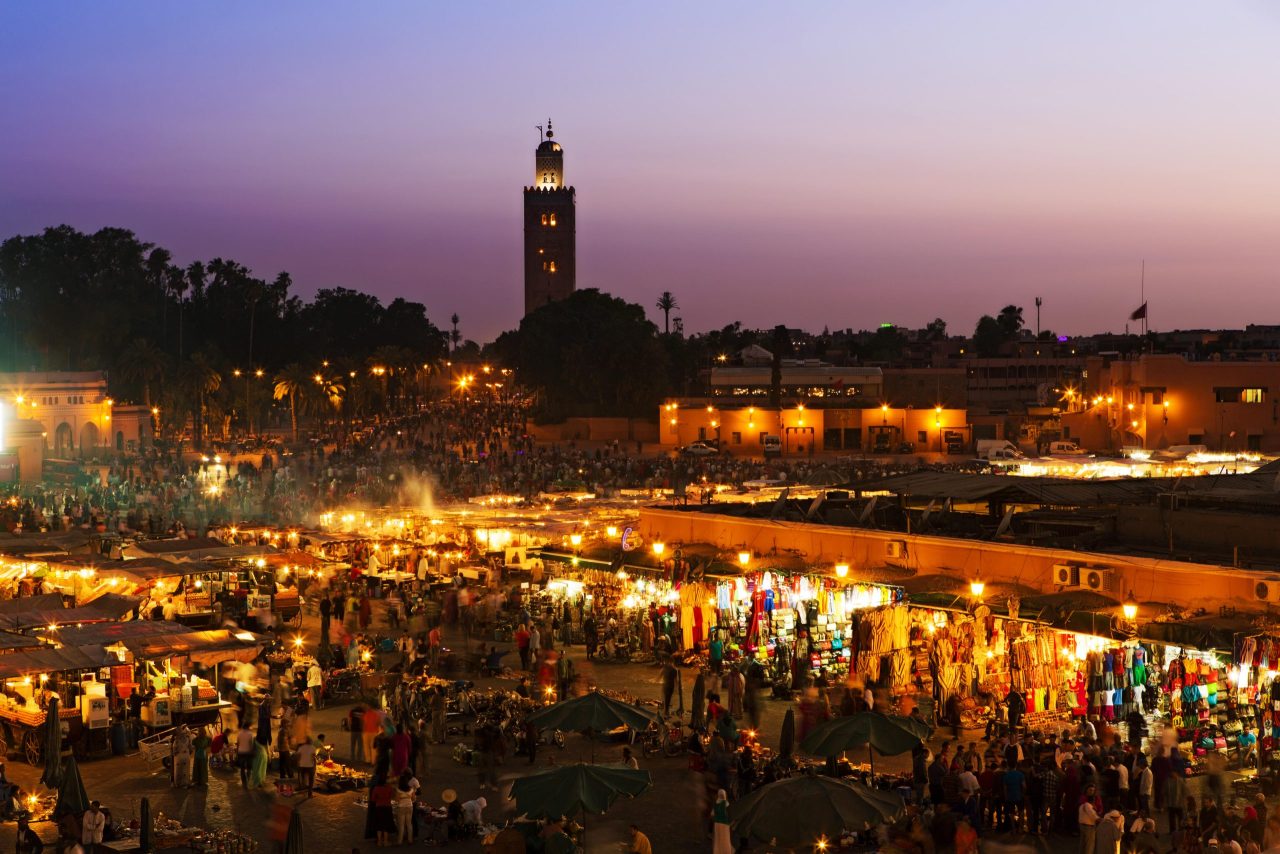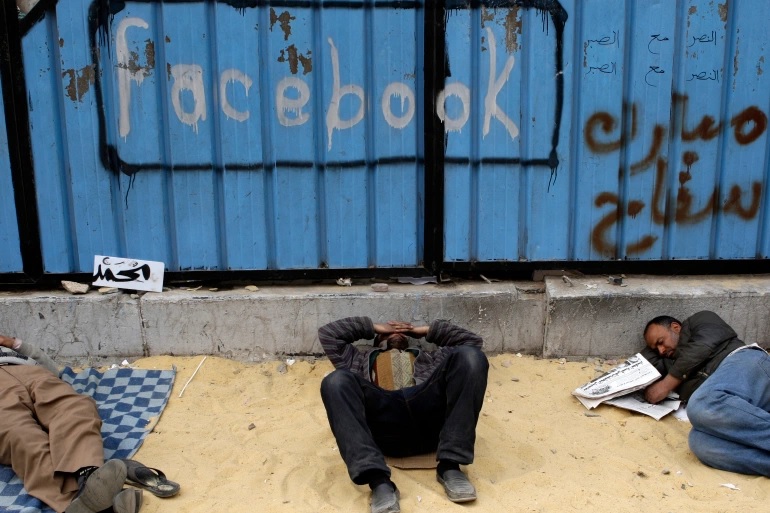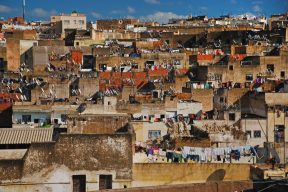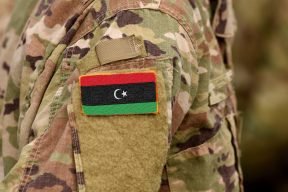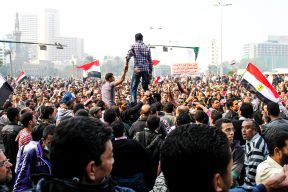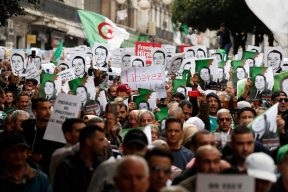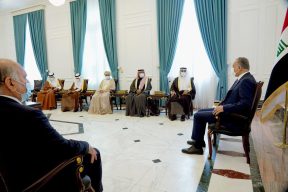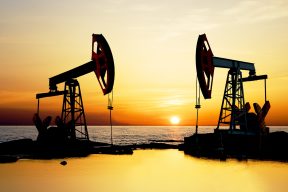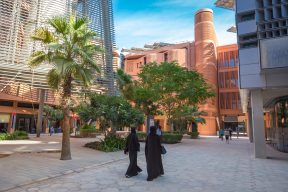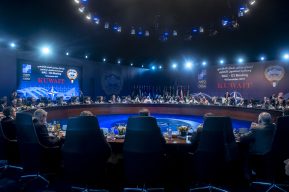Appendix
Mahboub E. Hashem
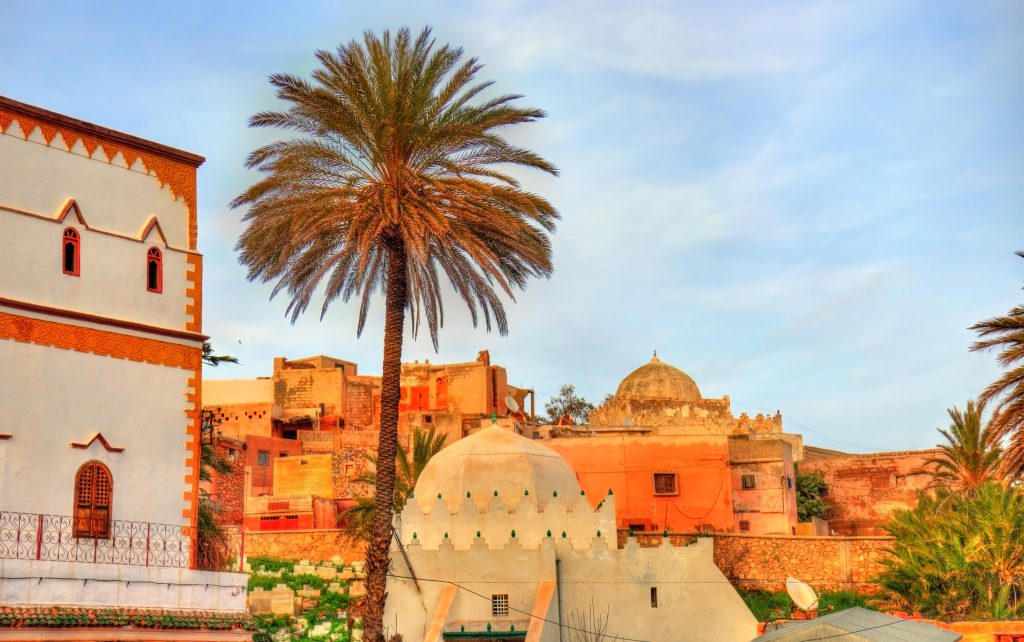
Tunisia
The 2011 uprising is considered somewhat successful, compared to other Arab states. Dispute and bloodletting were contained, policymakers and citizens alike stayed typically clear of tactics that could divide the country. El-Nahdah, the leading Islamist party, made a fairly smooth shift to cooperation politics. Contrasted with the breakdown of Egypt and the tragedy of Syria, Tunisia appears as a tremendous case in the larger, regional drama and tragedy. While Tunisia visibly did better than other states, the full picture of events and the benefits of the uprising are still not tangible. Though Ben Ali is gone and the nation has held together, nonetheless the economic conditions have not improved a great deal. So, there are no jobs available to youths and violence is still occurring periodically in the country.
Egypt
The 2011 Arab Spring protests were successful for a short period of time, since they led to the downfall of President Hosni Mubarak and brought Mohammad Morsi to power in a democratic election. However; that shortlived democratic evolution was soon brought to an end when Abdel Fattah el-Sisi, the then appointed Defence minister by the popularly elected President Morsi, overthrew him in a July 2013 coup, ordered his arrest, proceeded to crack down on his supporters and restored military rule in Egypt. Later, El-Sisi’s regime witnessed the mass killing of 1.000 demonstrators at the Raba Square and, since that time, all forms of protest were banned, tens of thousands of activists were imprisoned and all independent media were shut down. El-Sisi was appointed president in 2014, following an election that was held under debatable conditions, and later re-elected for a second term after a vote in which the incumbent’s sole opponent had endorsed the ruler. The constitutional amendments have consolidated military rule over civil society and were intended to ensure an el-Sisi presidency for decades to come. Consequently, economic deprivation, insecurity and basic social degradation against which millions of Egyptians were mobilized in 2011 have become more acute. Social media are tightly controlled, including free internet service and for the first time in the nation’s history, you can overhear young adults longing to leave the motherland.
Morocco
Protests constituted a sequence of demonstrations across the state which occurred from the 20th of February 2011 to autumn 2012. They were inspired by Arab Spring uprisings in the MENA region and targeted political change, police reform, electoral manipulations, political censorship and high unemployment. Thousands of Moroccans took to the streets of Rabat, Casablanca, Tangier and Marrakech in peaceful demonstrations demanding a new constitution, a change in government and an end to corruption. However, protests were sedated by superficial reforms and some trials.
Algeria
Hirak Movements did not catch on till February 16 of the year 2019, six days after the President, Abdelaziz Bouteflika, declared his candidacy for a fifth presidential term. These protests, without precedent since the Algerian civil war, were peaceful and led the military to insist on Bouteflika’s immediate resignation, which took place on April 2, 2019. The increasing strains within the Algerian regime can be traced back to the beginning of Bouteflika’s rule, that had been characterised by the state’s domination on natural resources to finance patronage and ensure its stability. The major demonstrations took place in the prevalent urban centres of Algeria from February to December 2019. Due to their significant scale, the results of those protests led to the election of Abdelmadjid Tebboune as president on the 12th of December 2019. Even if things appear quiet and normal at the present time, youths are unsatisfied with the status quo and are eager to rally in force for their freedom and better social services.
Sudan
Major marches started in the Second Arab Springs of 2018-2021, which consisted of considerable anti-government protests in major cities and witnessed deadly incidents. Those revolts caused the overthrow of President Omar al-Bashir in a military coup on the 3rd of June 2019, following a Khartoum massacre of protestors, and the transfer of power from a military regime to a combined military–civilian Sovereignty Council that is legally devoted to a 39-month transition to democracy. That second wave of Arab Springs was also initiated by civil activists on social media, spreading over several Arab countries protesting fraud, unemployment, nepotism, favouritism, inefficient public services, etc. Even though protestors faced government repression, police brutality and arrests they satisfying results.
Libya
The uprising against the four-decade rule of Muammar al-Qaddafi led to civil war and international military intervention. On February 15, 2011, anti-government rallies started in Benghazi wherein protesters called for Qaddafi to step down and for the release of political prisoners. Libyan security forces used water cannons and rubber bullets against the masses, resulting in a number of injuries, that exacerbated the problem and led to more rallies taking control of Benghazi and unrest spreading to other cities including Tripoli. Then, the Libyan government began using lethal force against activists. The regime also restricted communications, blocking the Internet and interrupting telephone service throughout the country. Due to the regime viciousness, the country has turned into an unruly battlefield for militias and their foreign sponsors in which democratic aspirations have been buried deep up till now. Hence, Libya’s onetime rebels split into countless militias that fragmented the country and the fighting is still ongoing despite a new national unity government.
Bahrain
Its strategic location between Saudi Arabia and Iran, hosting the US Navy Fifth Fleet and a UK naval base, is important for any regional actor. Truly, Bahrain was the only Gulf monarchy to experience massive demonstrations, due to a majority of Shia population and a minority government of Sunni. When protestors took to the streets in 2011, they knew what to expect and that they were not just up against the regime, but also the six GCC countries of Sunni majorities, and their allies (UK and the USA). Thus, the uprising was crushed with the help of Saudi Arabia, preventing any radical proclivities on its own land Ten years after Bahrain’s popular insurgency, systemic injustice has increased and political oppression has essentially barred any freedom of expression. Besides, the government has also stripped many citizens of their nationality. Demonstrations have not ended completely in that tiny state, activists still prove they are waiting for more opportunities and are not happy with the current status quo.
Yemen
The “Revolution of Dignity” followed the initial platforms of the Tunisian revolt and occurred simultaneously with other Arab revolutions in the region. In its early stage, Yemeni demonstrations were initially against unemployment, economic conditions, corruption, and amendment of the country’s constitution. Then, hostilities deteriorated and calls for the resignation of Yemeni President, Ali Abdullah Saleh, ensued. Subsequently, military defections truly reduced the government’s control and permitted protestors to defy its clout. A major demonstration took place later in Sana’a, Yemen’s capital, which induced Saleh to announce that he would not run for re-election in 2013 and that he would not pass power over to his son. More protests and pro-government rallies were held in different parts of the country, where anti-regime protestors were fired upon, causing a considerable number of deaths and ultimately culminating in mass defections and resignations. Finally, many more clashes overwhelmed the state and made it slide into a religious civil fight. Currently, poverty is skyrocketing, the economy is in shambles, children are starving to death, fighting is still ongoing, and the future of Yemen is unpredictable.
Iraq
Here protests of 2011 came in the wake of the Tunisian and Egyptian revolts. They resulted in at least 45 deaths. In an effort to prevent probable fighting, Iraqi Prime Minister Nouri al-Maliki proclaimed that he will not run for a third term in 2014 and called for a constitutional term limit. Nevertheless, many protesters gathered in several major Iraqi cities, particularly Baghdad and Karbala, demanding a more efficiency in national security, a fight against corruption and fair access to public services. The regime was so slow in acting and the rallies escalated with thousands protesting in Baghdad’s Tahrir Square and elsewhere, drawing hundreds of thousands of Iraqi citizens, which led to calling for the overthrow of the sectarian regime and redrafting the constitution. The fighting continued to escalate until Nouri al-Maliki was forced to step down. The Iraqi demonstrations of 2019–2021 constituted a series of escalating rallies, marches, sit-ins, and civil disobedience. They began to complain against corruption, unemployment and futile public services. Anti-government activists attempted to enter the Green Zone, where the US and other foreign embassies are located, but were violently repressed and held back by security forces. Later on, groups of Popular Mobilization Forces (al-Hashd alSha’ab) were able to enter the Green Zone and advance in direction of the US Embassy without being blocked by security forces. At that time, Iran was accused by the then US president of organizing the attack on the embassy and held them responsible for that deed. Afterwards, Major General Qassem Soleimani of Iran and Abu Mahdi al-Muhandis of Iraq were killed by a US drone, escalating the situation further with attacks and counter attacks between US forces and Iranian backed militias. The current situation in Iraq is still untenable.
Syria
In this land uprisings followed the increase of Arab revolts that started in Tunisia and Egypt on January 26, 2011. Inspired by the downfall of Ben Ali and Mubarak, students of the southern town of Dara’a had spray-painted anti-regime drawings with writings on walls for the Syrian President specifying: “Your turn, doctor” has come. The teens, responsible of such writings, were swiftly arrested and tortured, provoking a wave of furious demonstrations for their release. This triggered a nationwide uprising, wherein activists demanded the removal of President Bashar al-Assad and requested reforms permitting electoral changes, equal rights and civil freedoms. First the authorities made several minor concessions; then, security forces quelled any rally. Additionally, Syria’s ethnic divisions exacerbated the problem further. Assad and much of the nation’s elite, mainly its military, belong to the Alawite cult, which is a small minority within a majority of a Sunni country. Hence, Syrian dissidents, comprising reps from different groups officially founded the Syrian National Council, that decided to fight the autocratic system of Al-Assad. Death tolls turned out to be very high, millions were displaced and many more had been arrested, due to relentless fighting and insurgences around the nation. So far, el-Assad has been able to wither the storm, becoming the only Arab leader that did not fall; however, fighting is still ongoing in several parts of the country, which needs and anticipates a huge uplift from major donors to rebuild it.
Lebanon
Endured many years of internal partisan conflict, which have led to the creation of partisan elites who govern and act to serve their own interests, rather than the citizens’ welfare. Despite many promises of reform, Lebanon has failed to live up to its various pledges because of huge corruption and pathetic governance, coupled with a severe economy structure that rendered the country into a disarray before the Coronavirus pandemic hit and the explosion of Beirut Harbour. The arrival of almost 1.500.000 displaced Syrians on top of nearly 500.000 Palestinian refugees has exacerbated the Lebanese social worries and intensified struggle for low-skill jobs and public services. Hence, Lebanon remains a hub for various delinquencies, lasting structural difficulties, weak organization, poor services, longstanding corruption, rigid regulation, and lingering financial debts that have added to Lebanon’s liability and misery by world standards. These elements combined have led to the 2019-2021 protests (known as the 17 October Revolution, in 2019). Those protests were triggered by a proposal to raise taxes on gasoline, tobacco, and basic calls on applications such as WhatsApp, which rapidly spread into a nation-wide blame of partisan rule, stagnant economy, unemployment, prevalent corruption, wicked legislation, and failure of government to provide the essential necessities of electricity, water and sanitation. Disorders started in Beirut, but quickly stretched to Tripoli, Sidon, Sour (Tire), and Beqaa Valley areas. The push for the uprising was evident well before in Lebanon’s various songs by the artist Ragheb Alama’s “Tar Al Balad” in December 2018, and by the rock singer-songwriter Imad Jack Karam’s song “Chedd Halak” in June 2019. The Lebanese revolution has not finished, even though it has been mitigated by the Coronavirus pandemic at this time. The situation is deteriorating by the day, due to a very corrupt political entity that managed to steal the country’s assets and resources beyond any imagination and plunged the people into an unprecedented level of poverty (more than 50% of the population is currently living under the poverty line).

Mahboub E. Hashem
Dr Mahboub E. Hashem is currently a private consultant on entrepreneurial and groundbreaking industries as well as professional communication practices based in the City of Toledo, Ohio, United States of America. Hitherto, he served as professor, founder and former head of the Mass Communication Department at the American University of Sharjah (AUS), where he also chaired the Department of English, Mass Communication, and Translation. Besides, Dr. Hashem founded the Global Media Journal- Arabian Edition (GMJ-AE), serving as Executive Editor from 2009 to 2014. Author of several thematic research, he has been a leading consultant on establishing communication programs for many educational institutions worldwide.
Other articles
Foreword
Alessandro Minuto-Rizzo
Political Summary
Alessandro Politi
Policy Paper
Arab rising and beyond
Claire Spencer
The economy and the civil society
Possible roots of the rising
Abdulaziz Sager
What kind of economic prospects for the region?
Karim El Aynaoui, Oumayma Bourhriba
From the web to the square
Mahboub E. Hasem
Power and identity
10 Years After the Arab Spring: llicit Economies Evolve, Epand and Entrench
Matt Herbert
Libya: a multi-layer conflict
Umberto Profazio
The Egyptian long pacification
Eman Ragab
A new wave of unrest: towards change?
Future perspectives in the Gulf
Jean-Loup Saman
The way ahead
A look the the future
Ahmad Masa’deh
The Alliance looks South
Appendix
The Arab rising by country
Mahboub E. Hashem

